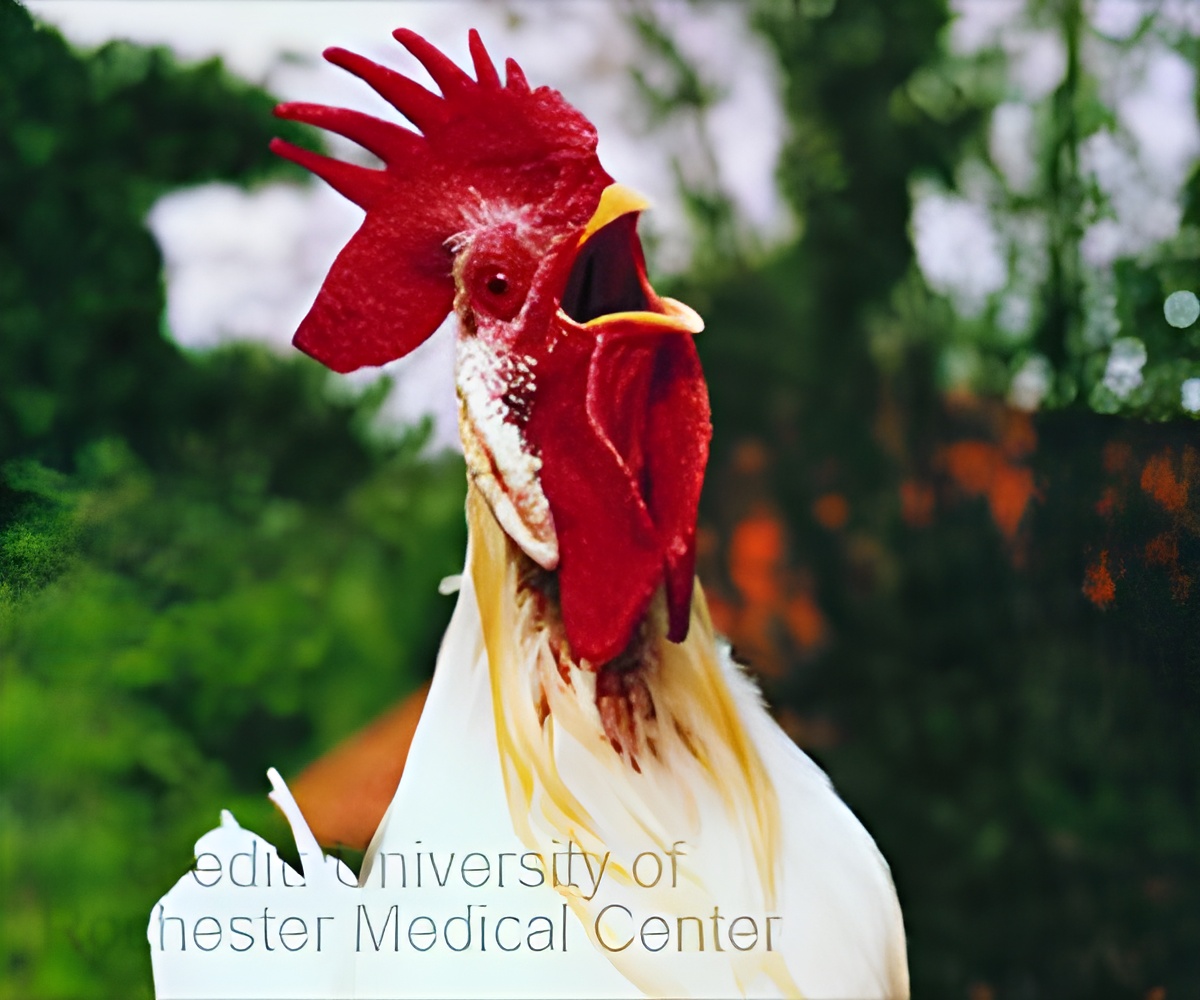A recent study found how the rooster testes would protect themselves against the viruses and pass on the genetic information.

- Foreign invaders such as viruses, bacteria and parasites could continuously attack our body.
- Rooster testes would help to learn how the body fights against the viruses and safeguards the genetic information.
- The presence of piRNA in the rooster testes would silence the sequence of viral invaders and pass on the genetic information.
Research Study
The research study led by Xin Li, Ph.D., Assistant Professor, University of Rochester School of Medicine and Dentistry analyzed the rooster testes to study about the viruses.
The research team mainly focused on avian leukosis virus, which causes common infections and results in cancers to the domestic chickens. By doing a molecular and genetic analysis, chickens would turn old and cause the existing virus into piRNA-producing machines which pass on genetic information.
When a new avian leukosis virus comes into action, the older one would pump out piRNA and defend the germ cells, thereby ensuring the passage of genetic material to the next generation.
Li, says, "Our study shows how a host can turn a virus into a weapon to fight future viruses."
Why is Chicken Used for the Study?
Chicken is capable of acquiring and harboring a wide variety of viruses. Virus is capable of infecting the host chicken. In order to survive, it may insert the genetic material into the chicken’s genome.
About 8 million domestic chickens are consumed every year in the United States. The knowledge of how these birds defend themselves against infections may help to increase the productivity of the poultry industry.
Since, viruses trapped in the chicken’s genome are similar to the viruses in the humans. Further research may also help to guide benefiting the human health.
References
- Yu Huining Sun, Li Huitong Xie, Xiaoyu Zhuo, Qiang Chen, Dalia Ghoneim, Bin Zhang, Jarra Jagne, Chengbo Yang, Xin Zhiguo Li. Domestic chickens activate a piRNA defense against avian leukosis virus. eLife, 2017; DOI: 10.7554/eLife.24695
Source-Medindia









